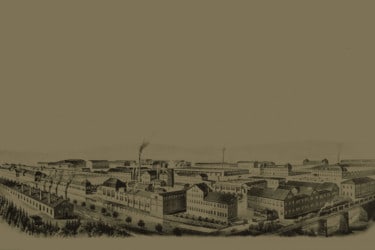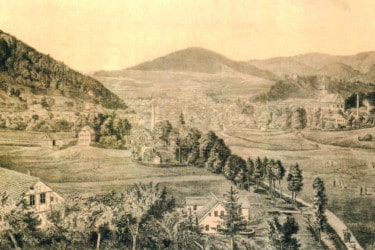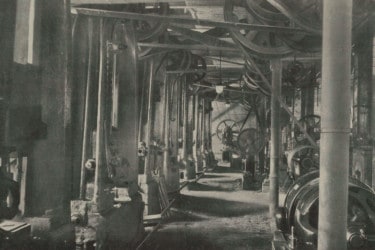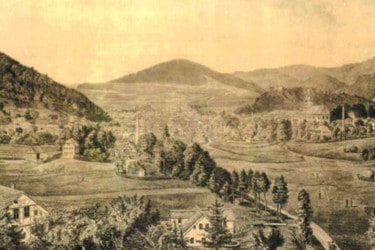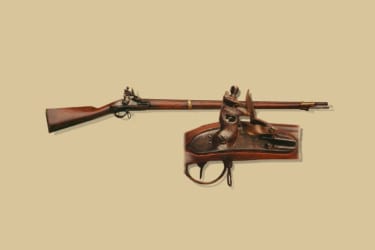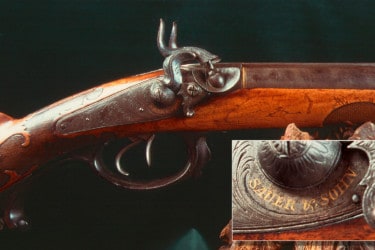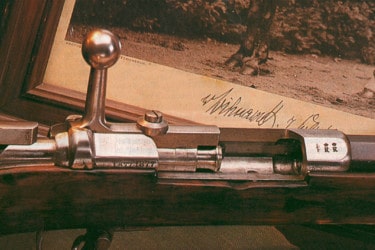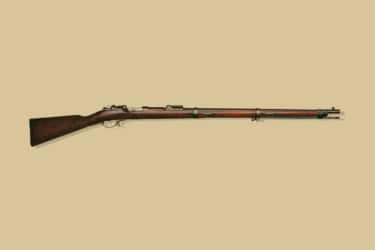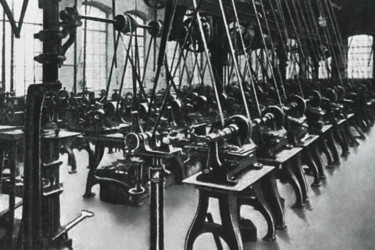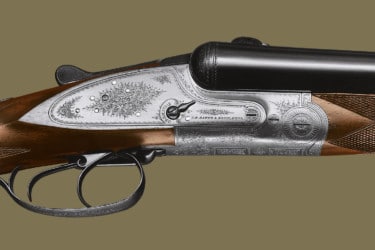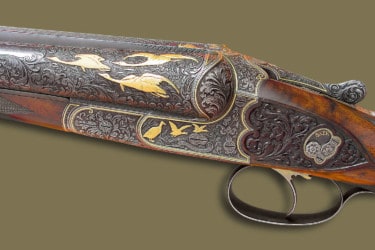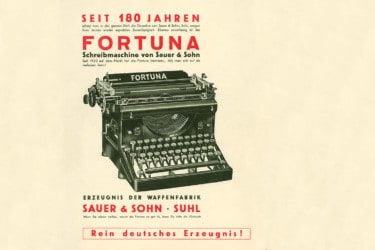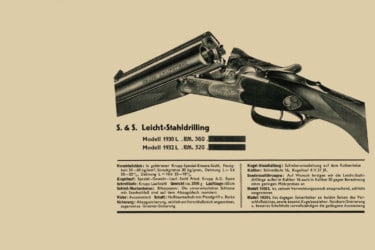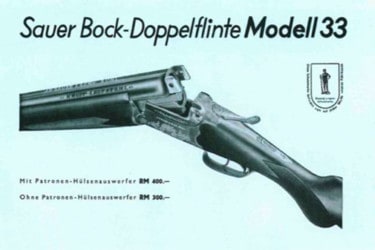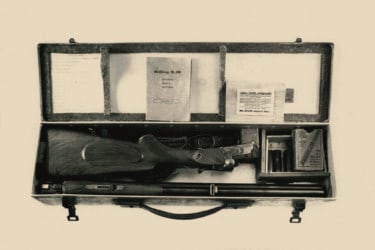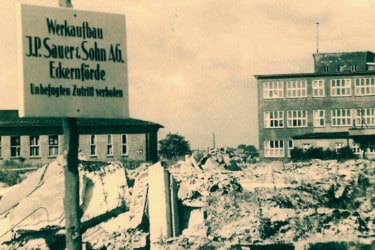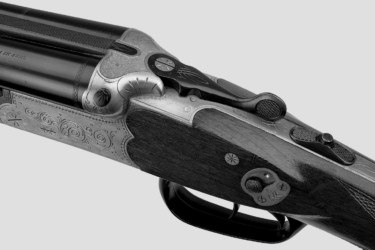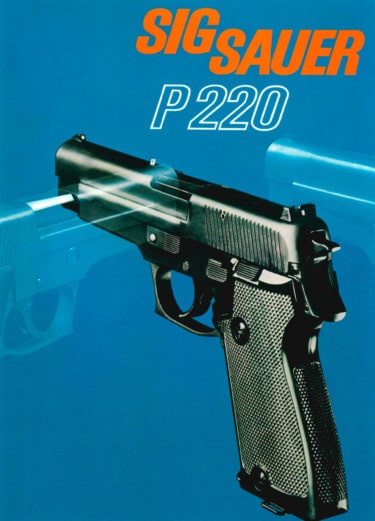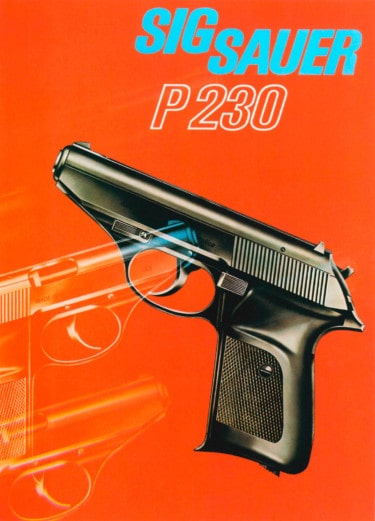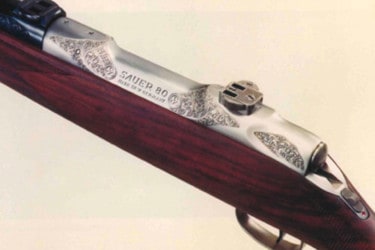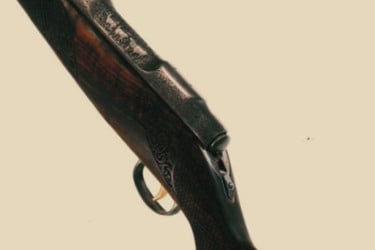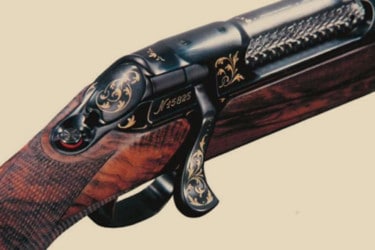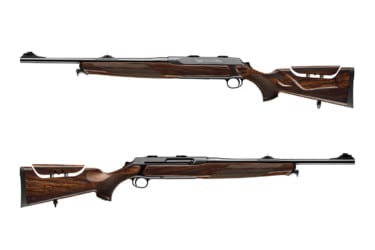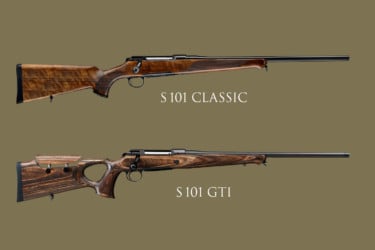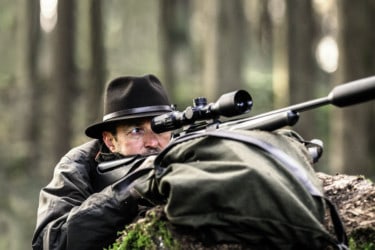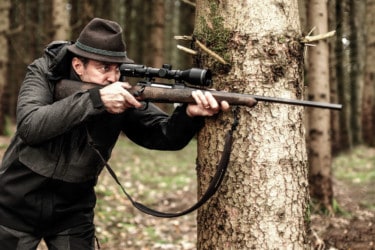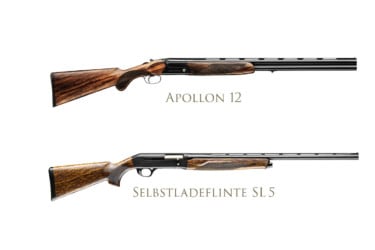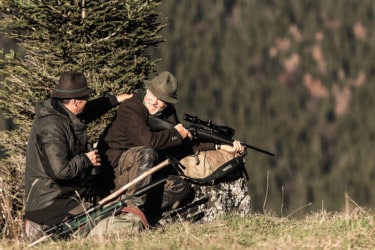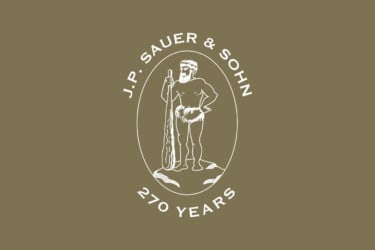
Experience the origin
Immerse yourself into the thrilling history of the oldest German hunting rifle manufacturer! Exclusively for you, we have summarised the most important events of the last 270 years.
1753
A fire turns the town into a pile of ashes. Many people lose their lives and many important documents about the founding of the Sauer company are destroyed by the fire.
1756
The beginning of the Seven Years‘ War brings new orders to the company. Saxony allows the Suhl rifle manufacturers, including Sauer, to deliver 25,000 rifles to Prussia.
1774
The brand ‚Gewehrfabrik Suhl‘ was previously used to describe all the gunsmiths‘ workshops scattered around the city, which had their handguns or individual parts of them sold by gun dealers.
1839
Johann Paul Sauer replaces Wolfgang Heinrich Sturm and now, together with Ferdinand Spangenberg, directs the fortunes of the royal rifle factory, which is now known as ‚Spangenberg & Sauer‘. Factory production and the division of labour could no longer be halted.
1879
As a partner in the Spangenberg & Sauer company, Ferdinand Spangenberg’s widow signed the contract to sell the company to Johann Paul Sauer after his death. One year later, the Königliche Gewehrfabrik Spangenberg & Sauer is deleted from the commercial register.
1918
Major orders force the company to expand its premises, take out loans and hire new staff. At the end of the First World War, however, this overcapacity leads to a collapse with the loss of orders. The new beginning was extremely difficult for Sauer, as the traditional sales markets were shattered and both purchasing power and capital were low.
1931
Introduction of the slightly simpler Drilling compared to the Mod. 30, the somewhat simpler Drilling Mod. 32. also in light steel (Mod.32 L).
1932
Einführung des gegenüber dem Mod. 30 etwas einfacheren Drillings Mod. 32. ebenfalls in Leicht-Stahl (Mod.32 L)
1933
After the National Socialists take power in Germany, the Treaty of Versailles is revoked and rearmament is officially pursued after initial secrecy. Sauer receives the order for the delivery of 10,000 Carbines 98k. Gradually the numbers of units are increased.
1936
Introduction of the new break-barrel rifles Mod. German Patent No. 679834 „Universal trigger device for combined rifles“. German Patent No. 695730, „Double preventing locking device for double barreled rifles having two single triggers.“
1945
At the end of the war, American troops occupy Suhl. 18 SAUER buildings are destroyed. Russian units take control. 30% of the equipment and machinery are dismantled. Production of hunting rifles continues with 9,500 units. After the takeover by the Soviets and expropriation, J.P. SAUER & SOHN is deleted from the commercial register.
1948
VEB FORTUNA Werk Suhl (now located in the GDR- eastern Germany) is founded (formerly J.P. SAUER & SOHN), which is later integrated into VEB MEWA Ernst-Thälmann-Werke Suhl. Years later, the factory still uses the brand name J.P. SAUER & SOHN for its hunting rifles.
1950
Rolf Sauer sells all rights to the name J.P SAUER & SOHN to a group of industrialists in the Federal Republic of Germany.
1976
SIG Holding AG took over 90 percent of the share capital of J.P. SAUER & SOHN, until the complete takeover in the 1980s.
2000
SIG Holding AG leaves the gun business completely. J.P. SAUER & SOHN GmbH is taken over by Michael Lüke and Thomas Ortmeier. Both entrepreneurs are passionate hunters.
2009
J.P. SAUER & SOHN GmbH, which focuses exclusively on the production of hunting rifles, moves to Isny in Allgäu.
Handgun- and defence production remains with the Sig Sauer brand in Eckernförde until 2019.
